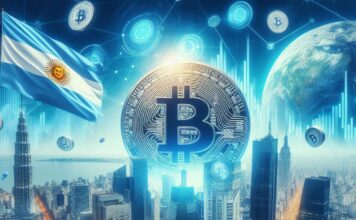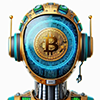Featured Bitcoin, Blockchain & Cryptocurrency News
Bitcoin in the mainstream: Digital gold or risky speculative object?
Bitcoin seems to have long since entered the mainstream: More and more people and companies are investing in the cryptocurrency. But what is the...
SEC Signals Huge Changes in Crypto Trading
SEC executives are considering a sweeping crypto trading overhaul as calls grow for federal regulation, simplified innovation, and stronger investor protections.
The SEC Crypto Task...
Bitcoin News: Whales Position Themselves, Rally Continues
The crypto market is usually quiet on weekends. Trading volume drops significantly, and the prices of the largest coins by market capitalization generally do...
Ethereum under pressure: Why ETH is hiding behind Bitcoin
Current Developments on Ethereum
Ethereum (ETH), the largest smart contract platform, is in the spotlight of the global crypto community due to its deteriorating price...




















